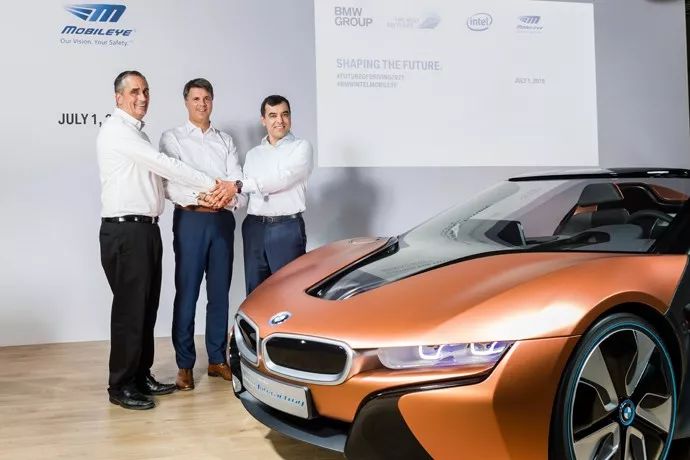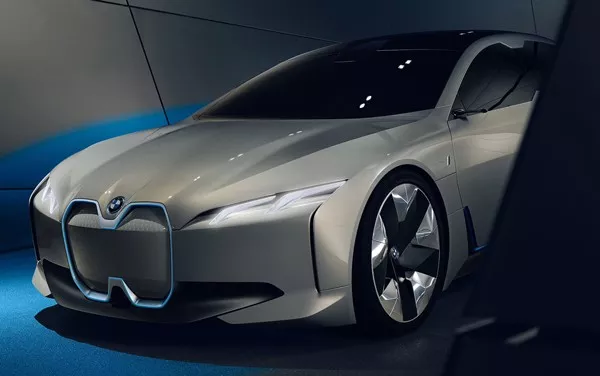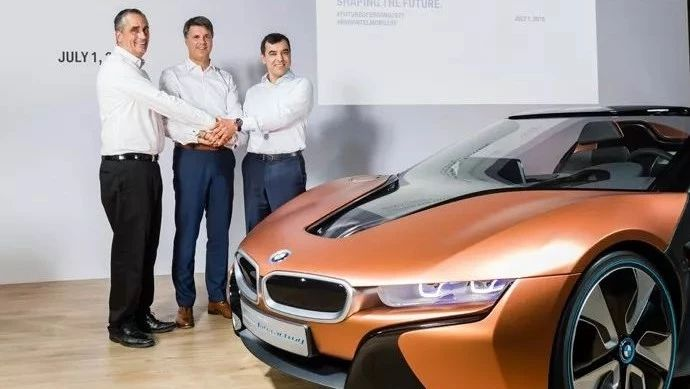Recently, the field of autonomous driving has become popular again because of General Motors’ Cruise and Waymo. In my previous article “Do You Really Think We Can Drive Autonomous Cars Soon?“, I analyzed Waymo, Tesla, and Didi’s layout in the field of autonomous driving. One comment was like this:

I also want to see an analysis of autonomous driving cars from traditional car companies.
Firstly, to be honest, although I also appreciate the strong business ability of traditional car companies in manufacturing and supply chain management, I am still more optimistic about the future of transportation and mobility being led by new enterprises with flatter structures and more advanced organizational forms.
However, General Motors’ comprehensive resource support for autonomous driving and Cruise’s positive impact on General Motors’ culture present a typical case of a traditional automotive manufacturer rapidly rising in the field of autonomous driving.
So, besides General Motors, which traditional camp has the potential to stand out? I am cautiously optimistic about the BMW-Intel-Mobileye alliance.On the evening of July 1, 2016, BMW, Intel and Mobileye held a joint press conference announcing that the three parties would jointly develop self-driving cars, with a production target of 2021. BMW is a leader in automotive manufacturing and supply chain management; Intel is a leader in chip design, manufacturing and integration; Mobileye has an absolute technical advantage in the field of automatic driving in machine vision technology, so this alliance was promising from the beginning.

On May 16, 2017, Tier 1 supplier Delphi announced joining the alliance; on June 20, Tier 1 supplier Continental joined; on August 16, the second car manufacturer Fiat Chrysler (FCA) joined.
Let’s take stock of the resources in this alliance: Intel has a CPU + FPGA computing platform, self-driving car data and storage centers, and 5G low-latency communication protocols; Mobileye has the Eye Q series of car-level ADAS solutions and the largest crowdsourcing high-precision map solution REM in the industry; Continental and Delphi have experience in sensing, redundant execution mechanisms, system integration, and other component supply; BMW and FCA are both top experts in vehicle mass production and supply chain management.
In short, this alliance brings together all the resources needed to create a self-driving car.
Of course, you could also say that this is a hodgepodge, and Baidu Apollo, with over 100 ecological partners, is just as impressive. So let’s discuss whether the production of self-driving cars is better accomplished through division of labor, collaboration, and collective effort, or through solo efforts and hands-on management.
In fact, General Cruise and Waymo’s big moves reveal a truth: as a capital and technology-intensive business involving a long industrial chain, self-driving cars are not friendly towards start-ups committed to providing travel services through autonomous driving fleets.
Now let’s turn to discuss the opposite of Apollo: Tesla.# Tesla has no partner in the field of autonomous driving. Tesla Autopilot 2.0 is developed based on the NVIDIA Drive PX 2 platform, but the software runs on Tesla Vision, their self-developed deep neural network visual processing tool. Even the autonomous driving chip itself, Tesla AP 3.0, is equipped with their self-developed AI chip. Tesla is designing and developing the main chips, integrating sensors, researching and iterating software systems, drawing and updating high-precision maps, managing and storing cloud data all on their own. According to official plans, they will also launch travel services based on the Tesla Network in the future. In Luo Yonghao’s words, Tesla is an “all-in-one” company.
If we refer to the consumer electronics industry, Tesla’s strategy may be correct. Apple is another typical company that goes all in on self-reliance. In addition to designing the A series chips in the iPhone and iPad on their own, Apple has penetrated and control deep into the supply chain of core components such as screens, batteries, cameras, and vibration motors. This allows Apple to maintain a competitive edge of at least a year in the face of new technologies such as fingerprint recognition, 3D Touch, and the notch screen.
However, the technology disciplines, industry chain length and breadth involved in autonomous driving are more than two orders of magnitude higher than those of consumer electronics. Tesla’s capital and talent reserves are far from comparable to those of Apple, which may be their weakness. On the other hand, from the perspective of fundamental technological innovation and vertical integration, it is difficult for the automotive industry to find a better candidate than Tesla to go deeper down the self-development technology path. If Tesla fails, it can only show that the complexity of the automotive industry conflicts fundamentally with vertical integration strategies.
There are many successful cases of division of labor and collaboration, such as Huawei, Xiaomi, and OPPO.
Talking about the BMW alliance, when several industry leaders form an alliance with their own unique technological resources, the alliance becomes very interesting. There is a question here, why did FCA, which is BMW’s competitor in a broader sense, also join the alliance?
In fact, since its inception, the alliance has been emphasizing its commitment to developing an “autonomous driving platform architecture that can be used, customized, and scalable by car manufacturers worldwide.” Therefore, the ultimate goal of the alliance is to become the industry standard setter and output autonomous driving software and hardware solutions to the entire automotive manufacturing industry.
Walking the alliance route has important significance for amortizing the large R&D investment before. Leaving aside the sunk costs, General Cruise decided to add $3.35 billion; Waymo’s fleet of more than 82,000 vehicles and operating costs total more than $3 billion. BMW, Intel and Mobileye have formed autonomous driving test fleets in Germany, the United States and Israel. If the three parties achieve technology and data sharing, the initial investment can naturally be greatly reduced. (We can also look forward to whether the BMW alliance will follow suit after Cruise and Waymo have shown off their muscles.)
The industry also has different voices, such as Mobileye’s machine vision route with cameras as the main sensor. Can it evolve its ADAS advantages into autonomous driving advantages and commercialize autonomous driving technology? It should be pointed out that although Mobileye, like Tesla, is committed to squeezing the potential of cameras and promoting the reduction of sensor costs, they do not exclude lidars. The autonomous driving fleets of the alliance are equipped with lidars for perception redundancy.
Mobileye’s high-precision map REM is similar to Tesla’s (but the scale of the fleet is much larger than Tesla’s global inventory of cars), which collects real road conditions through the cameras and millimeter-wave radar of forward-installed vehicles. This kind of map drawing accuracy is higher than that of navigation maps, but the details are not as rich as those of lidar models of high-precision maps.
Mobileye collaborates with traditional high-precision map merchants such as Here, TomTom, and Zenrin to provide redundant and better updated high-precision maps. By the way, Intel holds a 15% stake in Here, and BMW is also a major shareholder of Here. In other words, there is still a half high-precision map dealer in this alliance.

Finally, according to BMW’s product plan, the first show of the alliance’s cooperation results will be on the BMW i NEXT model that will be launched in 2021. Interestingly, the initial statement of the three-party cooperation was “achieving commercialization of autonomous driving cars in 2021”, but the i NEXT model only has SAE Level 3 autonomous driving capabilities. From this perspective, BMW’s commercialization strategy is still very conservative.
Whether it is Waymo or Cruise, the purpose of additional investment is to continue to improve technology levels while achieving commercialization of autonomous driving cars before the commercialization of the first year comes in 2021 through self-developed redundant organizations and sensors.# Waymo and Cruise make moves, it’s BMW’s turn to play.


-
How to look at the autonomous driving arms race triggered by General Waymo?
-
Do you really think that self-driving cars are just around the corner?
This article is a translation by ChatGPT of a Chinese report from 42HOW. If you have any questions about it, please email bd@42how.com.

